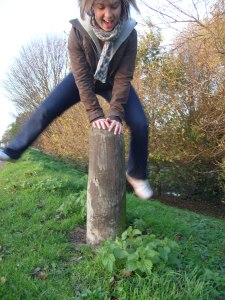Event: Saturday 15th November at Stroud Valleys Artspace (SVA), as part of my sister-in-law Emily Joy‘s ongoing exhibition Gifts for Mother Mnemosyne
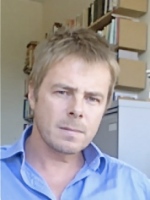
Mark Currie, Professor of Contemporary Literature, Queen Mary, University of London
Mark Currie spoke about Memory, story and forgetting, drawing on his readings of Karl Ove Knausgaard’s Min Kamp and Bernard Stiegler’s philosophy of technics and time.
I only went along because there was nice food promised, and I’m interested in Stiegler’s ideas of technics and transindividuation. I ended up making a couple of pages of notes and thought I might as well write them up here before the cobwebs become too thick on this blog.
Mark’s talk was fascinating, and just long enough to cover the topic in enough detail to keep the listener interested, without going on too long. There was a generous amount of time for questions and discussion afterwards, and Mark engaged very helpfully with a range of questions on the materiality (or not) of language; mass digital photography; the validity of the idea of a “present moment” and the various parts of the self that may be drawn forth in the writing process.
Mark’s talk was based in part on his works on the philosophy of time and narrative in literature, such as his About Time (Edinburgh University Press, 2006).
Steigler and Knausgaard, memory and writing
Stiegler’s work refers to the delegation of memory to various technologies. In a connected way, Knausgaard’s autobiographical writing exemplifies and problematises the idea of “memory narratives” and raises the question “what is memory?”
Currie used the example of religious confession to illustrate how in the process of writing, the gap between the “narrated” and the “narrator” converges. In confession, there is an initial temporal and moral distance between the “sinner” (narrated) and the confessor (narrator). The confession can only happen once the confessor has achieved some distance from the version of themself that committed the sin. The distance cannot be too great, as there must be continuity of identity for the confession to have any validity. Yet as the story catches up with the narrator, this distance narrows, and there is a transformation, and an assimilation of the prior self into the current self. This assimilation is part renunciation of the past; part reconciliation.
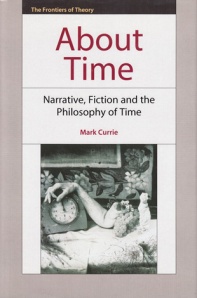
About Time (Edinburgh University Press, 2006)
Knausgaard’s writing explores the tension between fiction and truth. His work is full of ‘memory failure’, where he regularly admits he “cannot remember anything” about his childhood. This connects to one of Stiegler’s central themes in exploring memory: retentional finitude. Currie explained this as “you can’t remember everything”, though assured us it was a bit more complicated than that. Writing is clearly an example of a memory technology, a grammatisation of memory. Other examples might be photography or sculpture or rituals of sociality or of individuation. In Husserl’s phenomenology – this was new to me – the concept of retention refers to the aspect of present experience that is oriented towards the past (protention, towards the future). The Kantian concept of finitude applied to the idea of retention implies that we don’t have any direct access to the past, but only access to it mediated via the retentional aspect of our present experience, and this gap between the past “in itself” and our memory of it is therefore always a mediated, technologised one. Technologies are the bridges over the gap, but we can never go back across the bridge. These are notoriously unreliable bridges.
Stiegler posits that memory is constructed via originary exteriorisation; memories are not ever held in our minds in a pure, untechnologised state, but are only possible via exteriorisation. As any writer knows, and as Knausgaard makes explicit, the exteriorising technology of the writing process make remembering possible, gives it enough materiality to become an object one can work with; creatively producing memory. As Latour would suggest, it is only through forming alliances that memories – like Pasteur’s microbes – become real enough to work with. They are not isolated objects, but networked ones.
The elimination of delay, and the industrial production of the present as memory
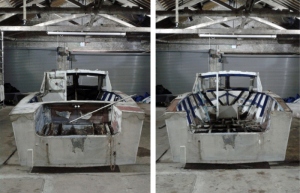
Currie then moved on to talk about the inseparability of memory and imagination, drawing on Paul Ricoeur. While memory might be seen to be focused on a real past (in the retrospective, Epimethean mode), and thus distinguishable from imagination (focused on a non-real or counterfactual past or future), Currie claims they are inseparable, an aporia – a contradiction which we cannot disentangle.
Stiegler’s idea of the ‘elimination of delay’ is intended to describe how industrial technologies such as digital photography make possible the instantaneous production of memorial artefacts, thus enabling the past to be always with us. Yet it seems to me that it is the very disposable, minimal-value, ubiquity of most digital photos – I mean snaps, not works of art – that makes them so forgettable. We have thousands of them stored on hard drives, yet who bothers to look back, to go through the archives, to enjoy the experience of the compression of temporal distance, that photography was supposed to give us? A century or more ago when photographs were rare, their value meant they were much more likely to be remain part of the delay-eliminated, phenomenological present than the instantly obsolete modern-day snap.
When we* stream our lives hour by hour on facebook, instagram and twitter, are we doing so in order to create some kind of record of the day for an imagined future observer? For Currie, drawing on Henri Bergson’s concept of the “memory of the present”, we create our sense of consciousness by projecting forward a future self, imagining it looking back at the present moment. An “envisaged memory”. The self-observed self is spatially (“over there”) and temporally (“back then”) distant; in the former case, the mirror is the relevant metaphor, in the latter, memory is the modality we are working with. Currie claims that there is a convergence here, in the tendency of our spatial, “mirror-like” mode of self-consciousness to become memory-like, and our temporal, memorial self-consciousness to become mirror-like.
Knausgaard explores this, as he wonders, in repetitive temporally separated passages about what is seen in the mirror, about his uncertainty of memory and experience. “What is it that has engraved itself in my face?” … “What is it that has etched itself into you?” he asks of his reflection, expressing the uncertainty of what is real, what is remembered, what is imagined, what kind of thing this self is, and the void of uncertainty about what its history really has been. What is it that I am?
For Martin Hägglund, this “juxtaposition of superimposition”, where two moments separated in time are brought together spatially in experience, creates the parallax required for the creation of a space into which the conscious self can expand. This “schism of consciousness,” where we step away enough in thought to consider ourselves as thinking, reflects the originary nature of memory as the space of the creation of the self; our memories are not actual retrospectives, but are the aspect of retention in the present moment; envisaged memories of our future self which we are not yet, but are always already in the act of creating.
Relevant: John Campbell on The Structure of Time in Autobiographical Memory (PDF)
It’s worth wondering what participation in ubiquitous social media technologies means for these processes of self recreation.
* And as my friend Bill commented after the talk, it’s as well to be cautious about assuming that “we” are all always involved in these networks of sociality. Many people are not, even in modern Britain, and many people reserve the right not to be drawn in to them.
Gifts for Mother Mnemosyne - Emily Joy
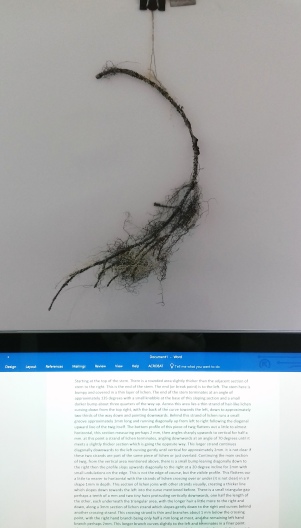
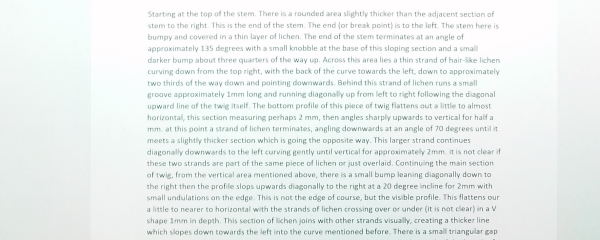
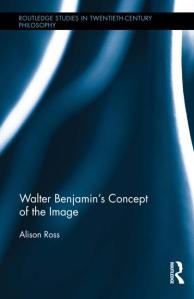 In this book, Alison Ross engages in a detailed study of Walter Benjamin’s concept of the image, exploring the significant shifts in Benjamin’s approach to the topic over the course of his career. Using Kant’s treatment of the topic of sensuous form in his aesthetics as a comparative reference, Ross argues that Benjamin’s thinking on the image undergoes a major shift between his 1924 essay on ‘Goethe’s Elective Affinities,’ and his work on The Arcades Project from 1927 up until his death in 1940. The two periods of Benjamin’s writing share a conception of the image as a potent sensuous force able to provide a frame of existential meaning. In the earlier period this function attracts Benjamin’s critical attention, whereas in the later he mobilises it for revolutionary outcomes. The book gives a critical treatment of the…
In this book, Alison Ross engages in a detailed study of Walter Benjamin’s concept of the image, exploring the significant shifts in Benjamin’s approach to the topic over the course of his career. Using Kant’s treatment of the topic of sensuous form in his aesthetics as a comparative reference, Ross argues that Benjamin’s thinking on the image undergoes a major shift between his 1924 essay on ‘Goethe’s Elective Affinities,’ and his work on The Arcades Project from 1927 up until his death in 1940. The two periods of Benjamin’s writing share a conception of the image as a potent sensuous force able to provide a frame of existential meaning. In the earlier period this function attracts Benjamin’s critical attention, whereas in the later he mobilises it for revolutionary outcomes. The book gives a critical treatment of the…


